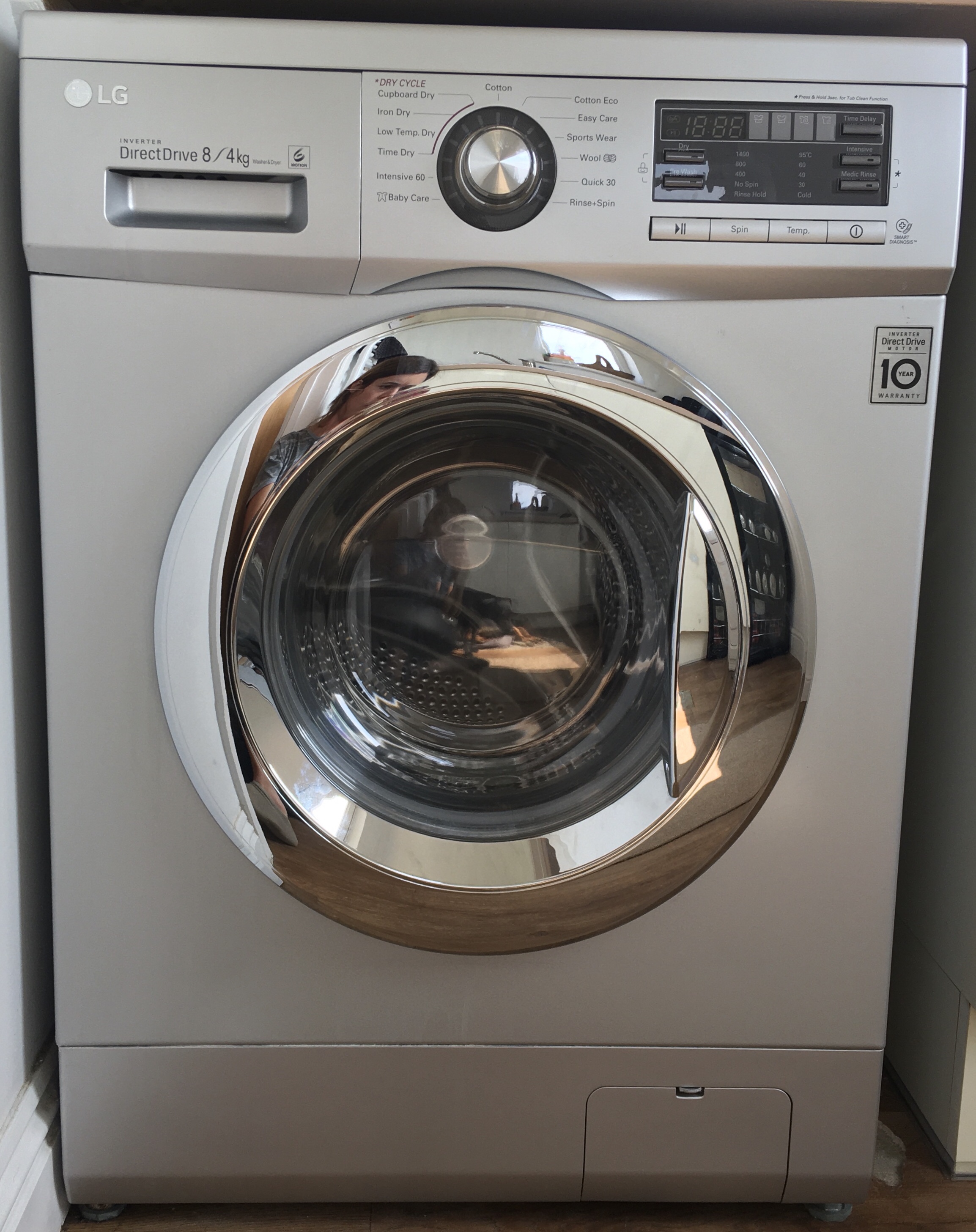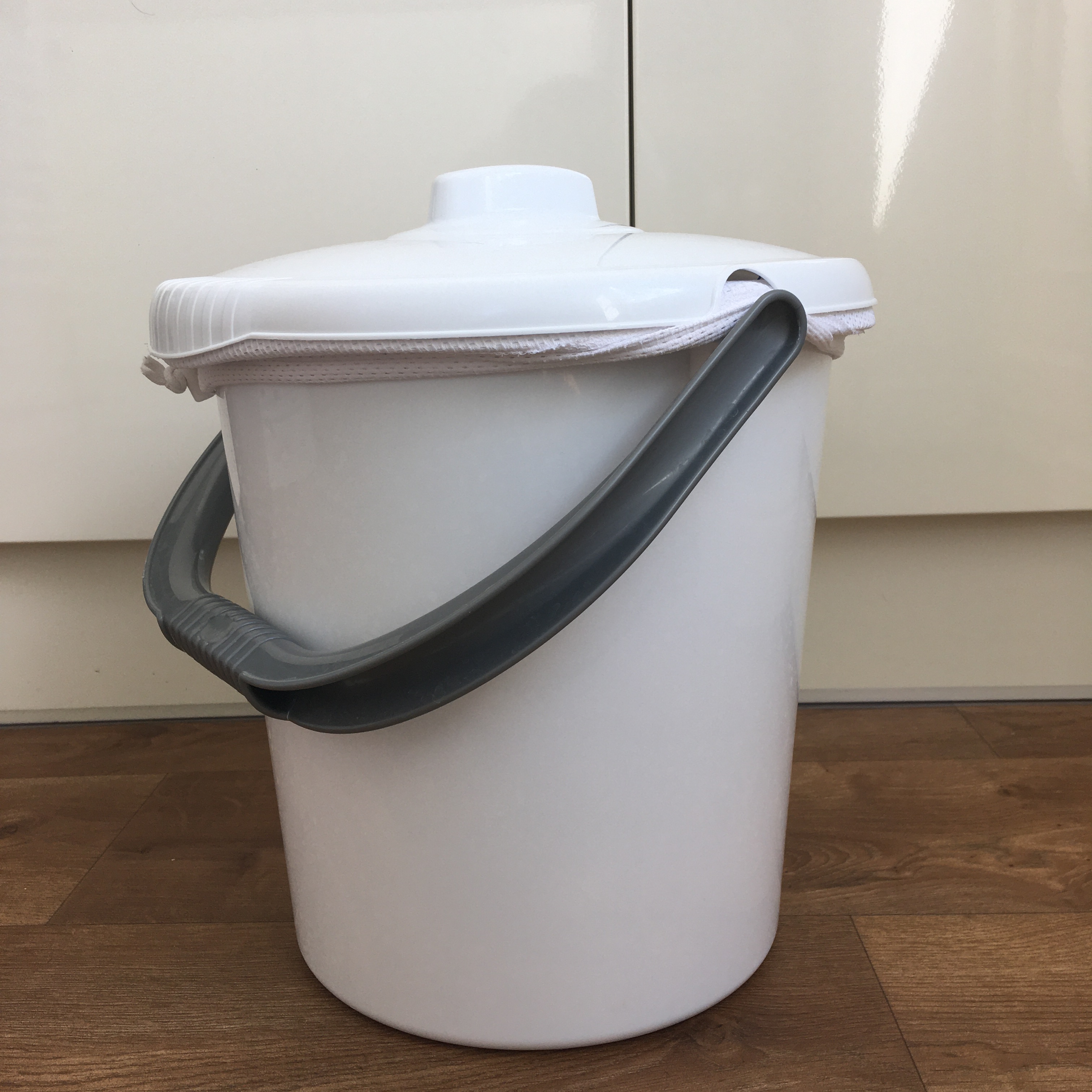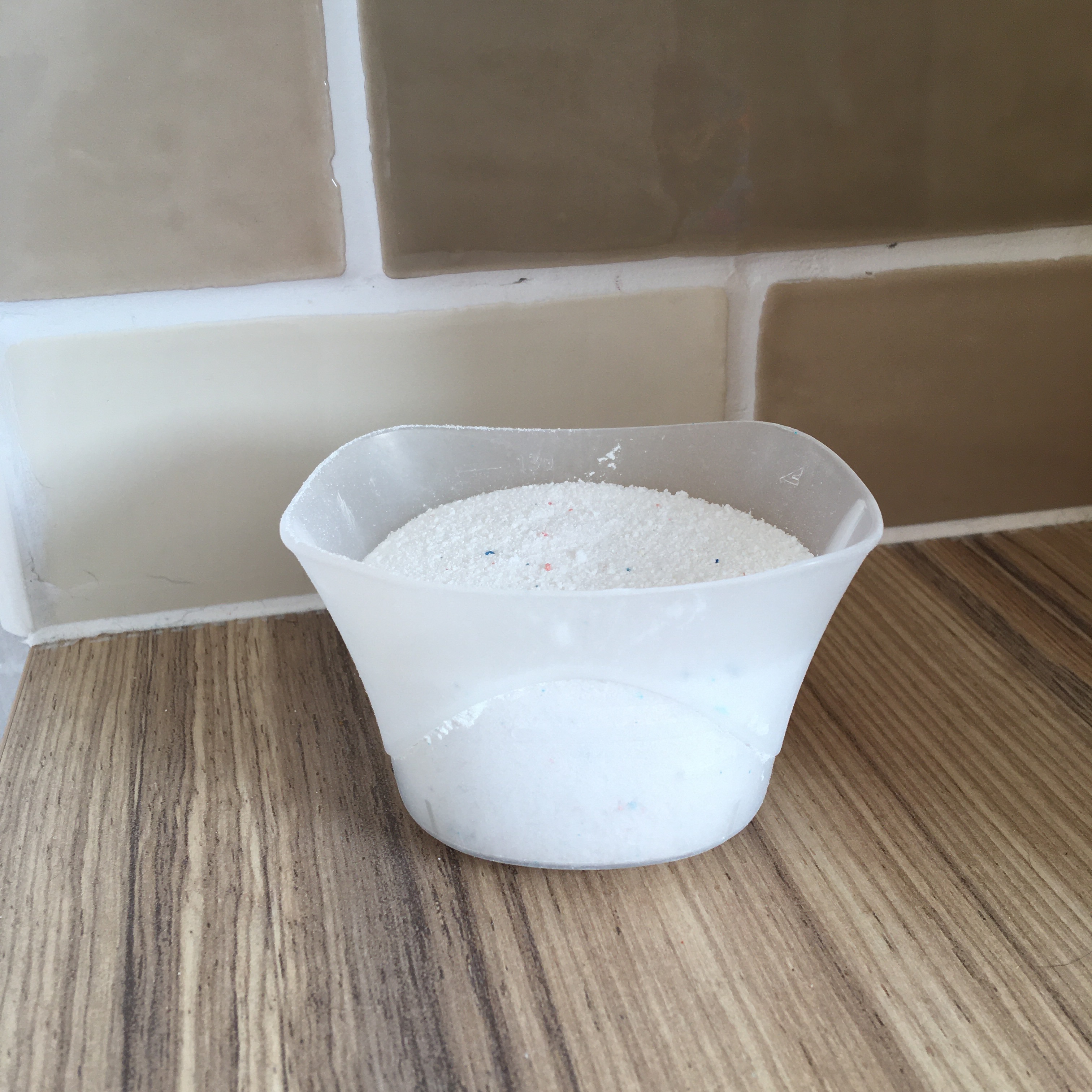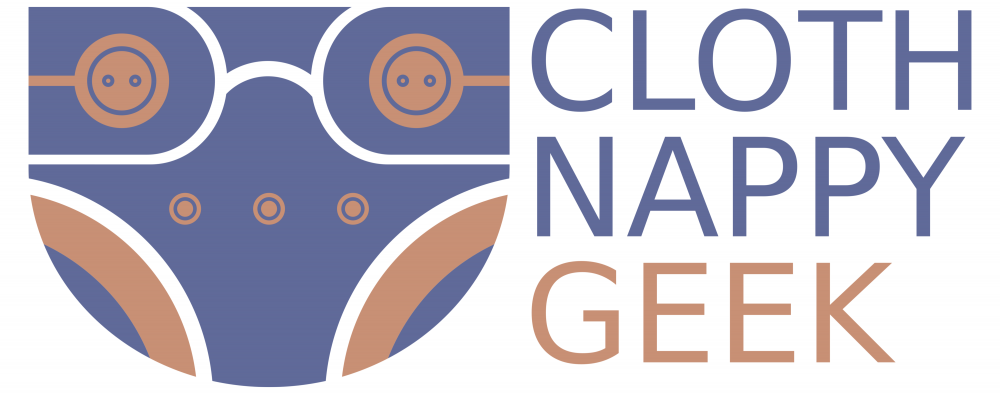How to wash your cloth nappies can seem like the most daunting part of cloth nappying. There’s so much information out there. But it really is so simple, and you won’t spend all your time washing either. Promise.

To start with you need to decide whether to store your dirty nappies in a bucket or wet bag. Both work well, just decide what suits your home and lifestyle best.
A wet bag can go straight into the machine with your nappies so you won’t need to clean it. They can also be kept hanging so take up less floor space. You’ll need two, so you have one in use whilst the other is being washed.

A bucket is more sturdy. You can remove the lid and quickly drop everything in whilst you’re changing. Some have lockable lids to make them more toddler-proof. If you use a mesh bag to line your bucket then you can simply lift the bag out of the bucket, turn it inside out into your washing machine and allow the bag to be washed with the nappies – this saves you having to touch all the dirty nappies. Then simply rinse the bucket to keep it clean. You’ll only need one bucket but two mesh bags.

Whatever you choose you simply keep your nappies in there until wash day. No need to soak or add anything. This storage is called dry pailing. Ideally, you should wash every other day.
Before weaning both wet and dirty nappies can go straight into the machine (whether your baby is breast or formula fed). After weaning you will need to remove solids before putting the dirty nappy into your wet bag or bucket.
When it’s time to wash simply put all your dirty nappies (and wet bags if applicable) into the machine. First you need to rinse the nappies. The most effective way to do this is by using your machine’s ‘quick’ cycle. Prewash cycles often re-use the water for the main wash so you don’t want that. I set my quick rinse cycle to cold and skip the detergent. Ideally your ‘quick’ cycle would be around 30 minutes long.
Once that is done it’s time for the main wash. This is a good time to check your machine is sufficiently loaded, you’re aiming for two-thirds full when wet (which they now will be). If its not then pop in some smaller items such as baby clothes or muslins (nothing bigger than a tea towel). Select your cottons cycle, this will give you the longest wash programme. Avoid anything that says ‘eco’ as it will try save water which is not what you want. Temperature wise you either need 40c or 60c. If your baby is under 3 months old, or you have two (or more!) sharing nappies then you should wash at 60c. Also switch to 60c if there has been an illness or thrush etc. Otherwise 40c should be fine. Remember to double check the manufacturers’ guidelines so you don’t invalidate any warranty (I have some nappies that can only be washed at 40c).
You’ll need to use a loose powder detergent. It is important to dose this correctly. But that is easy to do. Look on the detergent box and use the correct amount for heavy soiling, adjusted for your water hardness and machine load capacity. This will probably seem like a lot of detergent but it’s important not to underdose. Most manufacturers recommend using non-bio detergent. It is important to follow manufacturer’s guidelines so you are covered by the warranty should anything go wrong.

And that’s it your main wash cycle is ready to go.
Ideally your nappies should be line dried, but the weather does not always cooperate. Drying on an airer inside is the next best option. Many nappies can be tumble-dried on low – check the care labels of your individual nappies, although be aware that tumble-drying is not good for the environment and will decrease the lifespan of your nappies.
I’ve also produced some information on the importance of prewashing new nappies.
You can also see a video version of this on my YouTube channel.
